Key points
• Function and Design: A septic tank leaching chamber goes underground and helps sewage water soak into the soil. These chambers are better for handling wastewater than old-style gravel trenches because they let more water seep through a larger area of ground.
• Installation and Maintenance: These chambers snap together easily and don’t need as much room as the older types. You should check them once in a while to make sure nothing’s clogging them up or broken, which could stop them from working right.
• Environmental Impact: When septic tank leaching chambers work like they’re suppose to, they keep our drinking water clean. They make sure the sewage is cleaned up by the soil before it can get into the water underground, stopping pollution and helping out nature.
Contents
- 1 Key points
- 2 Definition and Purpose of Leaching Chambers
- 3 From Old-School Leach Fields to New-Age Leaching Chambers
- 4 Comparative Analysis: Leaching Chambers vs. Other Effluent Disposal Methods
- 5 Understanding Septic System Components
- 6 Preparation of the Site for Leaching Chamber Installation
- 7 Setting the Foundation and Height for Chambers
- 8 Putting Together Leaching Chambers
- 9 Think About These When Filling and Planting
- 10 Improving Septic Tank Leaching Chambers
- 11 Integrating Drain Fields with Additional Water Treatment Methods
- 12 Creative Uses of Leaching Chambers Out in the Field
- 13 Looking Forward to Advances in Leaching Chambers
- 14 Technical Manuals and Design Guides
- 15 Regulatory Documents and Environmental Reports
- 16 Extra Help for Homeowners and Experts
- 17 Frequently Asked Questions (FAQ)
Definition and Purpose of Leaching Chambers

Leaching chambers play a key role in the last part of cleaning wastewater in up-to-date septic systems. They’re basically there to help clean and spread out the water that comes from septic tanks before it goes into the ground. Built to get the job done right, they make sure the water moves through the earth properly so that the ground can do its thing and clean it naturally.
From Old-School Leach Fields to New-Age Leaching Chambers
Leach fields have come a long way, evolving from the old-style drain fields packed with gravel to the slick leaching chambers of today. In the past, you’d find perforated pipes lying in these stone-strewn trenches, doing their best to spread wastewater. But now, we’ve got these fancy leaching chambers that are not only better at their job but also easier to take care of. Thanks to smarter construction, these newcomers trump the old guard in how well they work and how long they last, and they’re kinder to Mother Nature too.
Comparative Analysis: Leaching Chambers vs. Other Effluent Disposal Methods
When we compare leaching chambers to other ways of getting rid of wastewater, you can see the pros and cons of each. Unlike systems that might use pumps or drying beds, leaching chambers are pretty cheap and dependable because they use the soil’s own filtering skills. Plus, they’re not too hard to put in or take care of, which makes them a good choice for many uses.
We need to make it clear that there’s no study called “How water effects the immune system” mentioned here, but people are still looking into how water quality affects our health. Of course, if we were to talk about such studies, we’d include important details like the title, who did the research, their organization, when it was done, and what the topic and subject count were.
To wrap it up, leaching chambers are a fresh way to handle treated wastewater by putting it back into the ground. They come with a bunch of plus points that beat older methods, showing us that waste management tech is always getting better, with room for even more improvements down the line.
Site Evaluation Criteria
If you’re thinking about leaching chambers for septic tanks, you’ve got to start with a detailed look at your site. This check figures out what’s special about the environment and soil where you are, which is super important for making a system that cleans waste well and keeps the groundwater safe. You should really think about things like how steep the land is, how close you are to water sources, and if the land might be used for something else down the line—this stuff will affect where you put the system and make sure you’re following local rules.
Soil Percolation and Hydraulic Conductivity
Getting how soil percolation and hydraulic conductivity work is key when designing these things. Testing the soil’s about figuring out how fast it’ll soak up water. This will tell engineers how to tweak the system design so everything works right without the ground getting too wet or water running over.
Determining the Size and Capacity of Leaching Chambers
The size and how much leaching chambers can hold depends on how many people live in your house, how much wastewater you think you’ll make, and how quickly the soil can soak up water. Designers have got to crunch the numbers on daily water waste and adjust the chamber size so it handles changes in water use without messing up the environment or breaking down.
Chamber Configuration and Layout
Planning your chamber layout is important for spreading out wastewater in the soil around it. Designers have got to figure out a setup that’s space-smart and works well. They have to consider stuff like how gravity will move water through, keeping maintenance easy, and leaving room for growing later on. Key points are how chambers line up, how far apart they have to be, and how they’ll work with other parts of your septic system.
While these tips are meant to give everyone a standard way to design leaching chambers for septic tanks, each project is different. Following good practices but also adjusting for specific site needs leads to strong wastewater systems that don’t harm nature.
Open-Bottom Chambers
Open-bottom leaching chambers don’t have a bottom so wastewater can touch the soil directly underneath. This helps the water filter through the ground naturally in places with quick-absorbing soils – great when that’s what you need.
Closed-Bottom Chambers with Effluent Holes
On the other hand, closed-bottom chambers have preset holes for letting wastewater out. A solid bottom means spreading out the liquid is under more control than with open-bottom types. Below closed-chambers you often need gravel or something similar so water drains right and gets clean before hitting groundwater.
Fabric-Wrapped and Geotextile-lined Chambers
Fabric-wrapped and geotextile-lined chambers are like newer models with special materials that make them run better. They’ve got fabric or geotextile around them to keep tiny dirt bits from clogging things up and also help keep the soil structure around the chambers solid.
Understanding Septic System Components
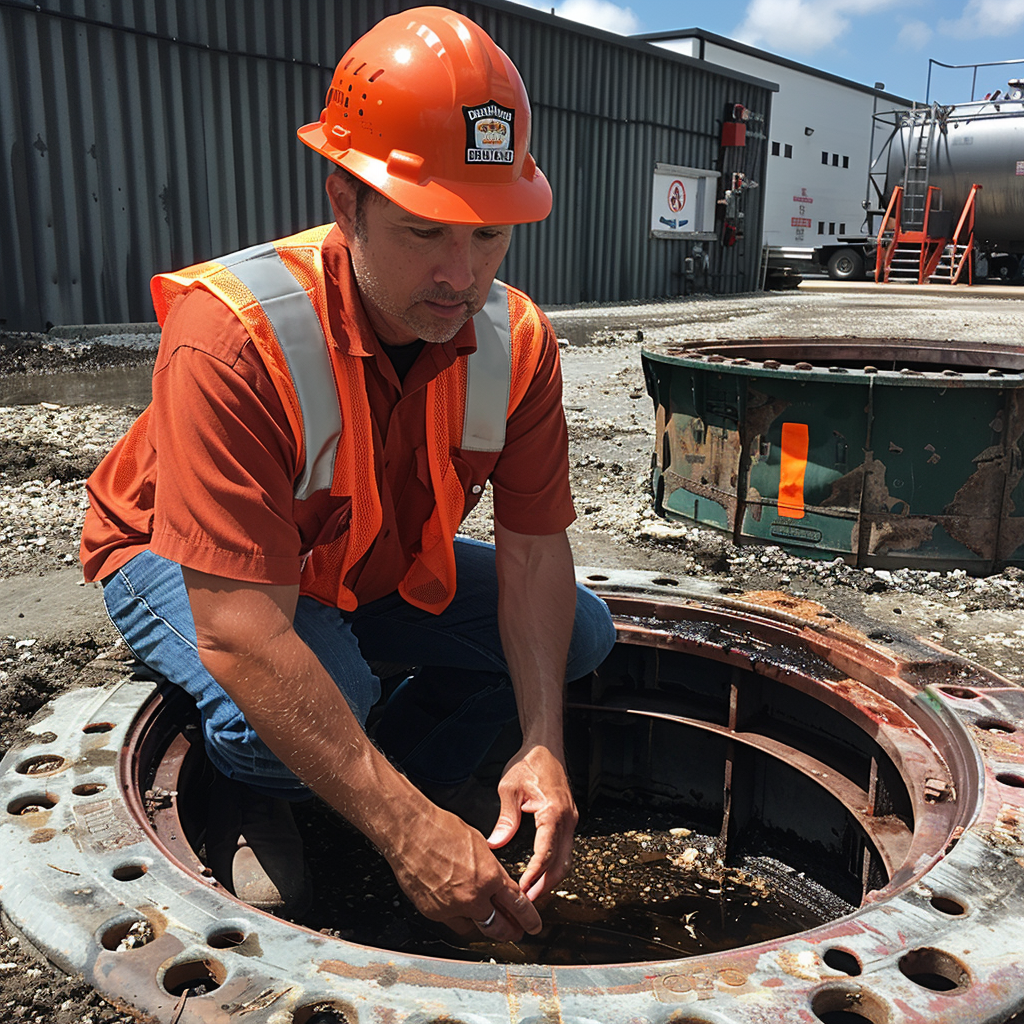
Septic system efficiency and fit largely depend on the design of their chambers, especially under varying environmental conditions. Chambers with no bottom allow soil contact right off the bat but might struggle in soils that easily clog or don’t absorb much. On the other hand, chambers with a sealed bottom spread out wastewater more evenly, which is a plus for areas where the ground doesn’t soak up fluids well.
Nowadays, materials like fabric and geotextiles are popular for fixing issues common with older designs, such as dirt getting in and blockages. These materials work as both filters and reinforcements, boosting the system’s effectiveness and durability. When picking a type of leaching chamber, it’s key to look at the specifics of your location – think about the soil, how high the water sits underground, and how much wastewater you expect to deal with.
Picking from these options should be done thoughtfully. You’ve got to weigh out the local dirt situation, what the rules say, and the nitty-gritty of keeping the system running smoothly down the road. Each design really shines in its ideal setting, making it all the more crucial to align the type of system with what your particular spot demands.
Preparation of the Site for Leaching Chamber Installation
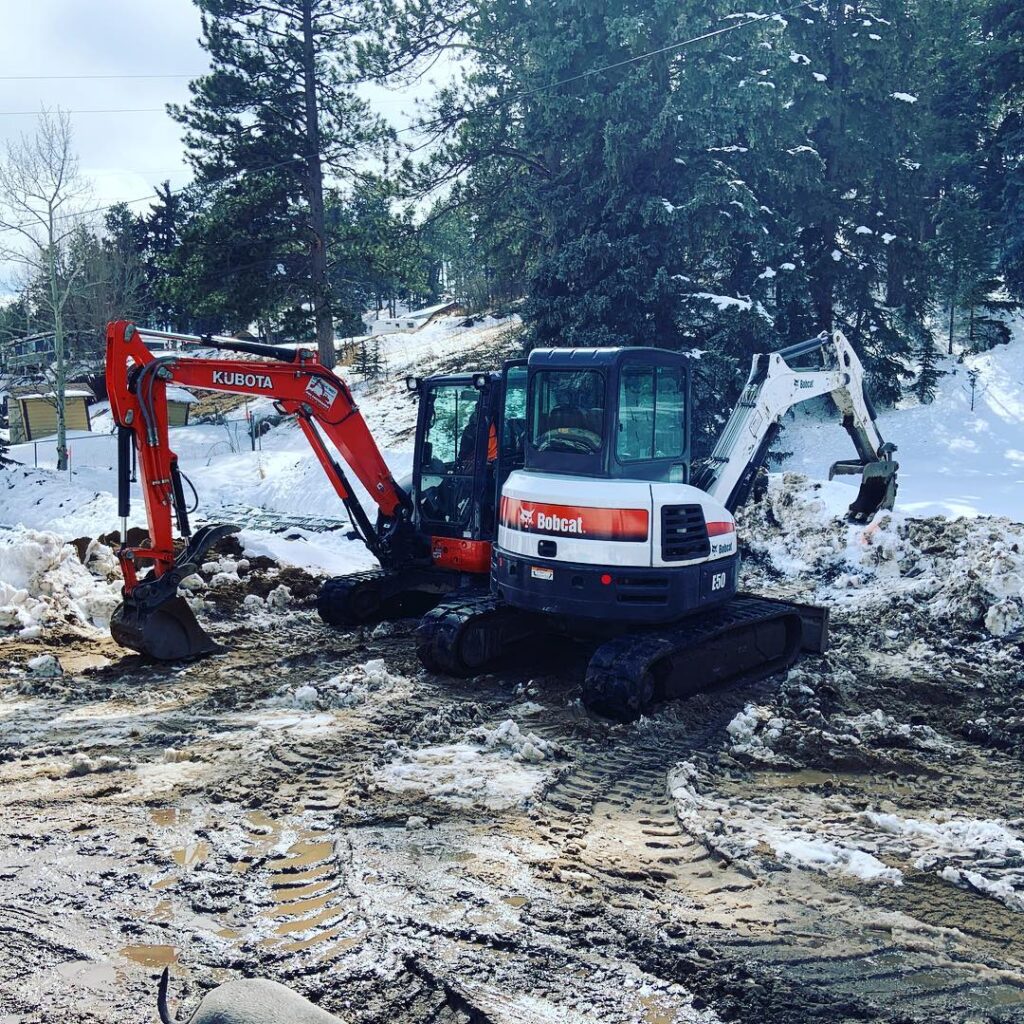
Before you put in leaching chambers for a septic tank, it’s super important to get the site ready right. This means marking out where you’re going to work, getting rid of any big rocks, roots, or trash, and making sure the ground’s flat. You’ve got to check out the local rules about how far away you need to be from property lines and buildings. And don’t forget to follow what they tell you about the soil’s perk test results, so you know how well it’ll soak up stuff.
Setting the Foundation and Height for Chambers
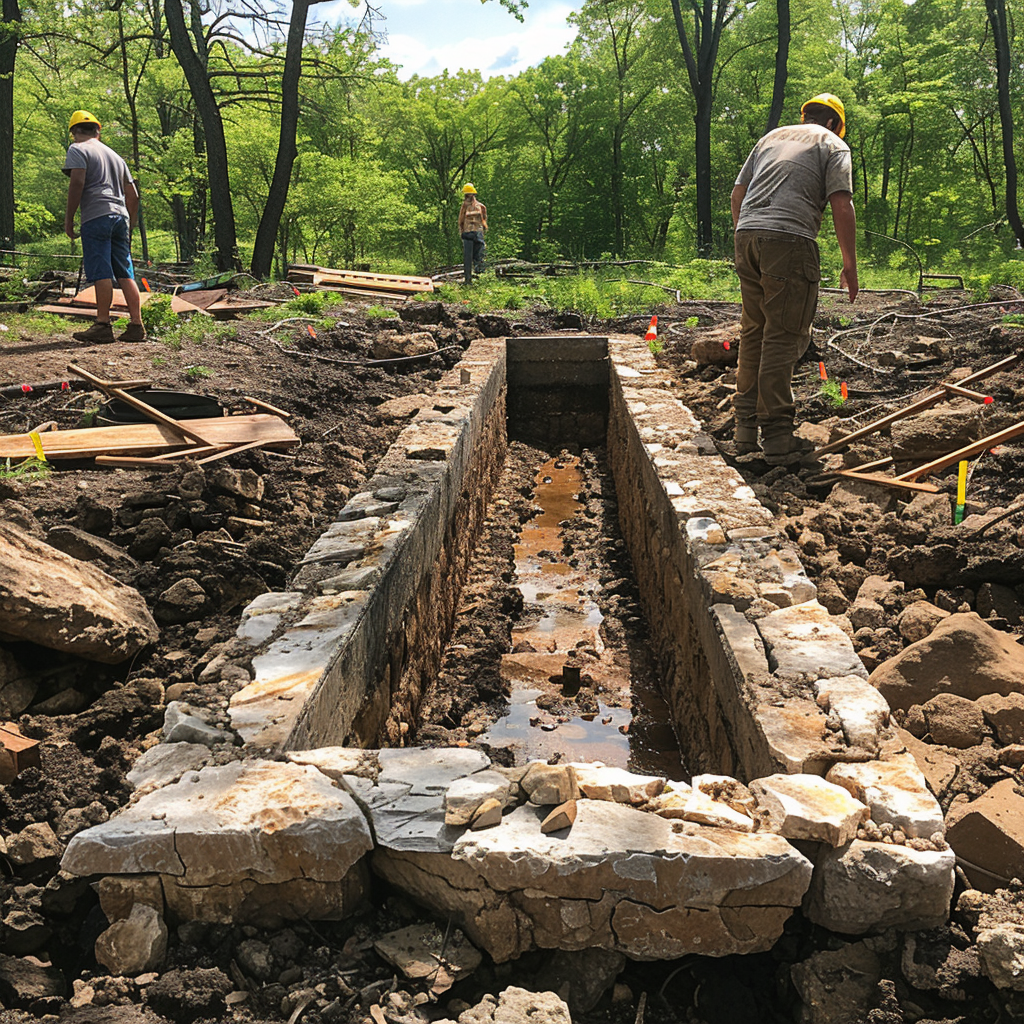
Laying the foundation for the drainage chambers starts with making a firm base. What often happens is workers dig a ditch to match the dimensions needed for the quantity and size of the chambers. Then they spread a precise layer of sand or gravel.
Using tools like a transit or a laser level, the crew sets the exact height. Getting this right is key to dodge problems later on, ensuring that waste water moves smoothly through the system.
Putting Together Leaching Chambers
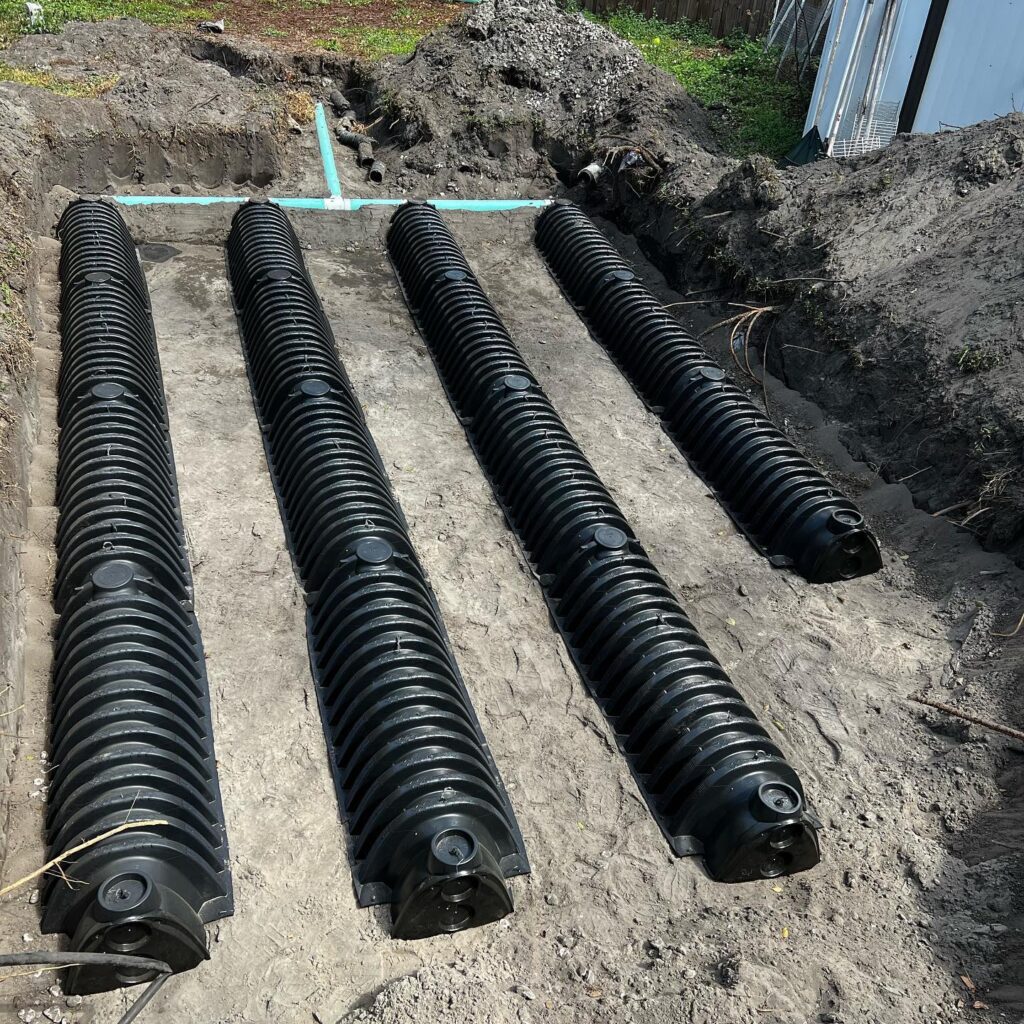
After the trench is prepped, it’s important to put together and set the leaching chambers just right. They’re made to fit snugly with each other, so those installing them need to make sure every part fits perfectly with the next, creating a solid line. When they’re lined up and hooked up right, these chambers help spread out the wastewater from the septic tank real well.
Think About These When Filling and Planting
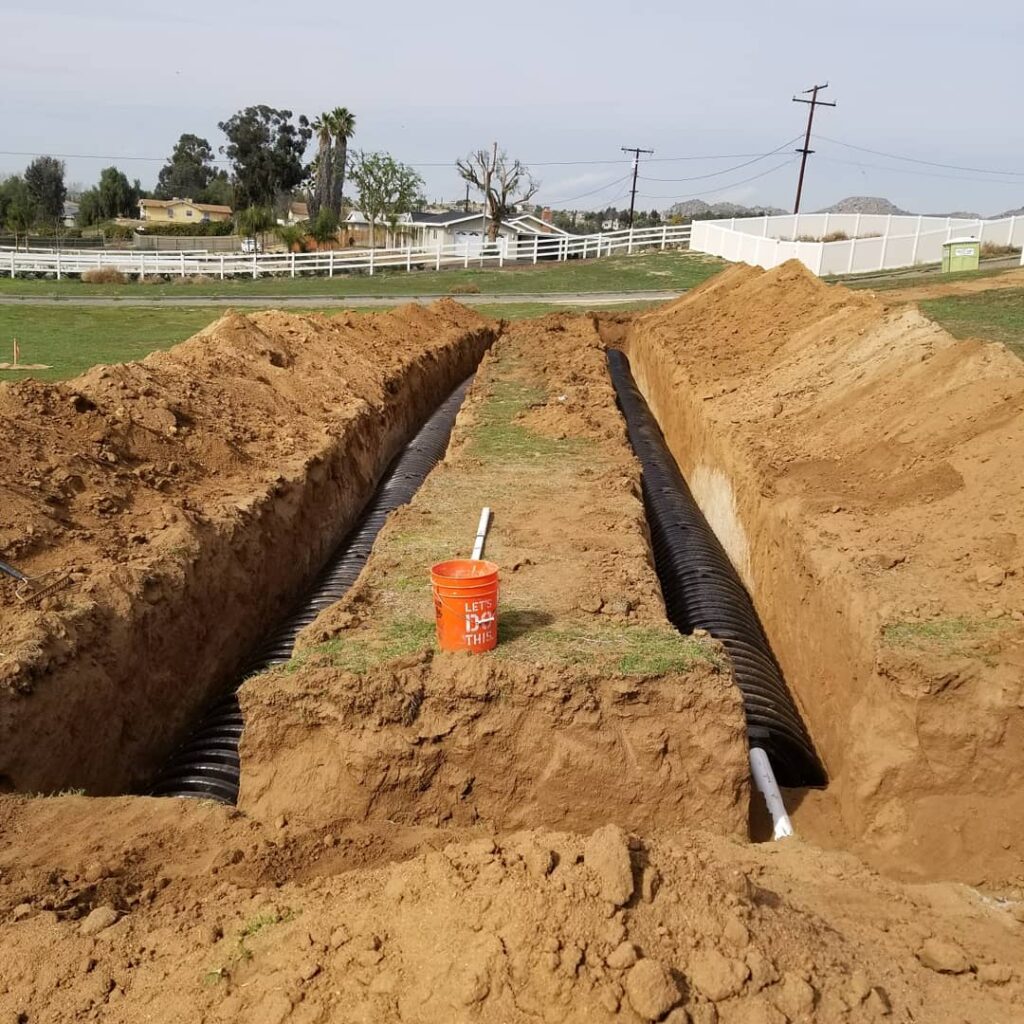
Once the leaching chambers are in place, it’s time to fill the space around them. This step is crucial and if not done carefully, it could move or break the chambers. Use clean filling materials and right methods to make sure everything is compact yet the chambers remain safe.
When you plant on top of these systems, you have to be smart. The ground should slope so water runs away from where the system is. You also need to be picky about what plants to grow; avoid anything with deep roots as they could wreck the chamber below.
To be honest, there’s no study titled “How water affects the immune system” or any other research referenced here since it’s not needed to explain how to put in leaching chambers for septic tanks.
These chambers are a big deal for making septic tanks work right. They spread out used water into the soil. To keep them doing their job for a long time, you must take good care of them and check regularly for damage or blockages that might stop the water flow.
Check-Ups and Maintenance
Regular inspections and maintenance will make your leaching chamber last longer. You should check the sludge and scum in the septic tank often to stop it from spilling into the drainage area and keep an eye on the chamber’s structure too. Plus, always watch the plants around to make sure their roots don’t mess with the chamber.
Spot Problems and Fix Them
Finding and fixing common issues can save lots of time and money. Things like clogs because of solids, biomat buildup, or trash that doesn’t decay are typical problems. Emptying your septic tank often can help prevent these issues, but if things get really bad, you might need to clean out the pipes or take other steps.
Keep It Running Well for Longer
If you want your leaching chambers to work well for as long as possible, you have to stick to good practices. That means using water wisely so you don’t overwork the system, not flushing stuff that doesn’t belong, and being careful with harsh chemicals that can kill the bacteria in your septic tank that help break down waste.
Update or Replace When Needed
Sometimes you have to bring your system up to date or switch out parts, especially if it’s old and can’t handle the load anymore. Using new tech like filters or better designed chambers can make a big difference. And when you have to throw away old parts, think about doing it in a way that’s not bad for the environment.
Follow Local and National Rules
It’s super important to stick to all the rules when building and keeping up your leaching chamber. You have to meet standards that keep people safe and look after nature. These cover everything from how to design your system to what materials you can use. Be sure to talk with local groups like health departments or environmental agencies before starting any big projects.
Assess How It Affects Nature
Prior to installing a leaching chamber system, doing an environmental impact assessment (EIA) is super important. This review looks at how things might change for the soil, underground water, and living things around. The EIA helps plan and decide what to do so any negative effects are found early and fixed.
Green Tactics and Technology
Eco-friendly approaches and tech are becoming a must for septic tank drainage systems. New ideas are all about reducing harm to our planet but still keeping things running smooth. Using stuff that’s already been used for building or putting in systems that clean and recycle water shows being green in action. Advanced tech can also clean up more nasties from the water than older methods which helps prevent pollution.
Improving Septic Tank Leaching Chambers
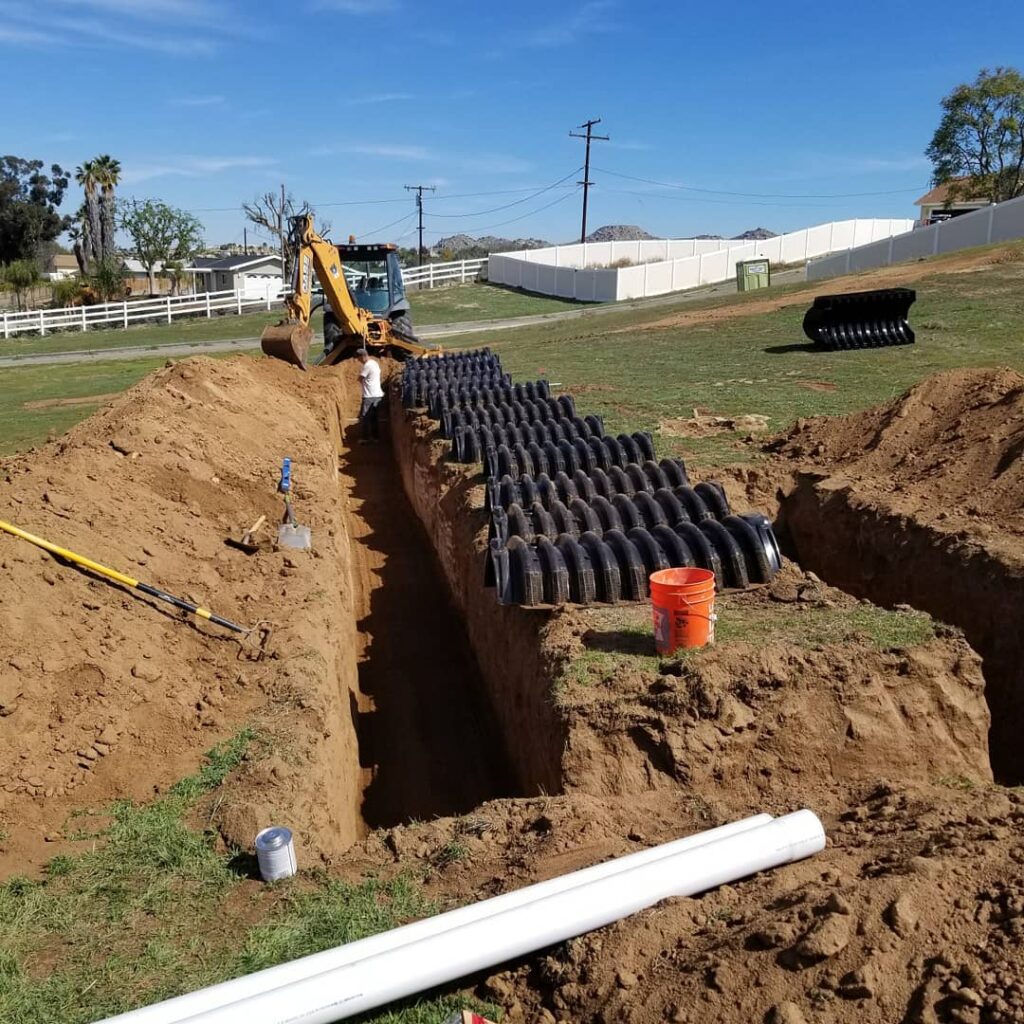
Septic tank leaching chambers are getting better thanks to new materials and ways of making them. These changes have made the chambers last longer, work better, and be kinder to the environment.
New Materials Mean Better Performance
Nowadays, more durable plastics are used to build leaching chambers. These plastics hold up better than the old concrete ones. They’re tougher against ground acids and environmental wear-and-tear.
The Way We Make Them is Getting Better Too
Besides using better materials, we’ve also improved how we make these chambers. We’re now faster, more consistent, and saving money. Tools like CAD and 3D printing help us make leaching chambers very precisely, so they fit perfectly when put into use.
Integrating Drain Fields with Additional Water Treatment Methods
Leaching chambers can work really well with other wastewater systems. The goal is to make the whole setup work better and last longer.
Supporting Systems for Handling Wastewater
Leaching chambers that are made with new technology can be combined with stuff like biofilters or man-made wetlands. They team up to clean the wastewater even more before it soaks into the underground water sources.
Creative Uses of Leaching Chambers Out in the Field
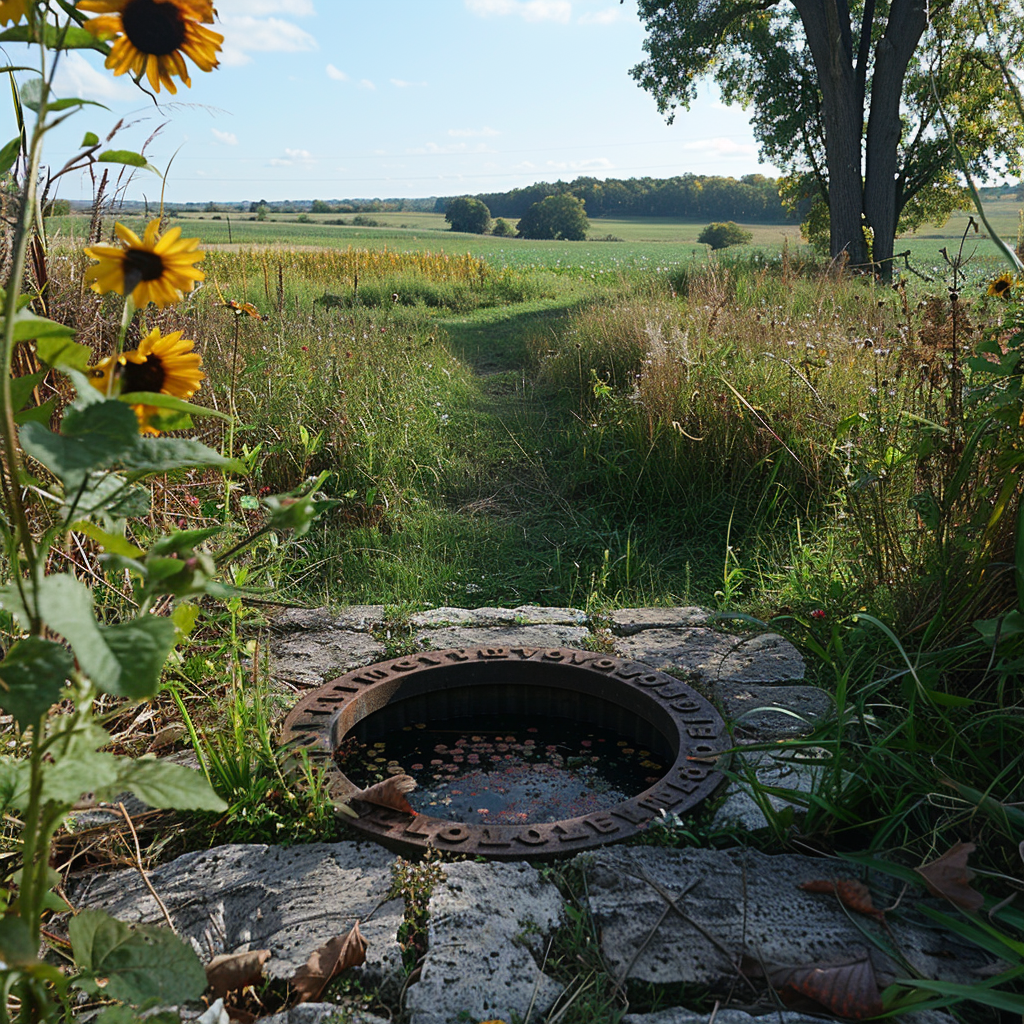
Real-life examples show that today’s leaching chamber systems work well in all sorts of settings and uses.
Examples of Success
In country settings where standard sewage systems are hard to come by, innovative versions of leaching chambers have worked wonders. These systems are good at dealing with different kinds of ground and weather, and they still meet tough environmental laws.
Looking Forward to Advances in Leaching Chambers
The future of leaching chamber technology seems headed for more use of eco-conscious methods and sustainable materials. This trend doesn’t show signs of stopping.
The Forecast for Leaching Tech
We can expect the hunt for green materials to ramp up in leach tech. Adding more smart tech for live tracking and upkeep is on the cards, too. Plus, we might see custom-made designs to fit different places or environmental needs.
Technical Manuals and Design Guides
If you’re setting up septic tank drainage areas, googling and youtube as well as detailed technical manuals and design guides are super helpful. They usually outline important details about how big the chamber should be, where to put it, and what materials are best. They’re pretty much a must-have for engineers and builders who want to meet industry norms and take care of the earth.
Regulatory Documents and Environmental Reports
Regulatory documents and environmental reports are key guides that spell out the laws and environmental aspects linked to septic systems. They give folks the rules they need to follow to protect our surroundings. It’s vital to have these papers to make sure leach fields don’t harm our drinking water or cause pollution, which helps keep everyone safe.
Extra Help for Homeowners and Experts
Homeowners and experts have access to many extra tools. They can find online chat rooms where people talk about fixing problems, and they can look at question lists that local governments put together to help answer common questions. For anyone who wants to get better at taking care of leaching chambers, there are also expert blogs, how-to videos, and local classes.
Frequently Asked Questions (FAQ)
What features should a homeowner look for in a leaching chamber when planning a septic system installation?
A homeowner should consider leaching chambers that are durable, easy to install, and appropriate for the soil conditions of the property. They should check the chamber’s design to ensure it facilitates efficient wastewater treatment and has adequate capacity for their home’s needs.
In what manner can drainfield systems affect local water sources?
Drainfield systems can affect local water sources if not properly maintained or installed. Inefficient treatment or overloading can cause contaminants to reach groundwater, which may lead to pollution. Regular checks and balances are necessary to protect water quality.
Could you explain the difference between chamber systems and traditional trench septic systems?
Chamber systems utilize a series of connected hollow structures that support soil and allow effluent to be dispersed evenly. Traditional trench systems involve a pipe laid in gravel-filled trenches. Chamber systems offer easier installation and potentially longer life span than traditional gravel and pipe trenches.
How does an education agency partner with Asphalt Paving Contractors to provide resources for communities on leach field maintenance?
An education agency might collaborate with Asphalt Paving Contractors to develop programming or workshops that educate homeowners on the care of their leach fields, stressing the importance of regular maintenance and repairs needed to prolong the life of their septic system.
What are the potential problems a homeowner might face if their leaching chamber system isn’t properly maintained?
Without proper maintenance, homeowners can encounter problems such as clogging due to sludge buildup, cracks in the chamber top or sides from shifting ground, or effluent backup leading to yard damage or health hazards.
Can you share information on how diameter pipe selection is crucial for a septic tank drain field performance?
Selecting the correct diameter pipe for a septic tank drain field is vital because a pipe that’s too small could result in clogs and slow drainage, while one that’s too large may not provide adequate contact with soil bacteria for proper wastewater treatment.
What role do leaching chambers play in the sustainability of communities' wastewater management?
Leaching chambers play a critical role in the sustainability of communities’ wastewater management by providing an effective method to distribute effluent into the soil. This aids in treating water through natural processes before returning it to the ecosystem, promoting environmental well-being.
How can material innovations in chamber technology enhance the overall efficiency of home septic systems?
Material innovations in chamber technology can enhance septic system efficiency by increasing the durability and longevity of components, therefore reducing repairs. Advanced materials can also improve wastewater flow rates and filtration, leading to better treatment outcomes.

I’m Tim Robberts, a seasoned wastewater treatment & septic system expert with over 40 years of experience in the field. My career began as a septic tank installer, and I quickly gained a reputation for my attention to detail and commitment to excellence. Over the years, I’ve honed my skills in designing, installing, and maintaining septic systems for residential and commercial properties.
